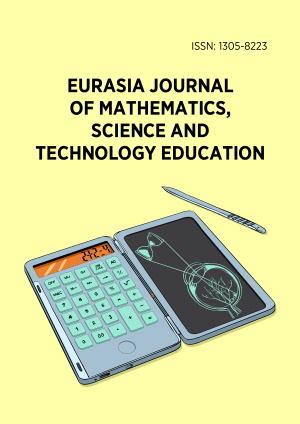Abstract
Background:
This study examined the effectiveness of an integrated context approach to the instruction of basic compass-and-straightedge construction. The formulation of a perpendicular bisector of a segment was used as a knowledge module to guide students from the pre-attention level to the elaboration level of information processing. The students were expected to select and organize information in their working memory for integration with prior knowledge. The knowledge module was presented in a multimedia environment using a pre-training and rehearsal approach.
Material and methods:
Participants included one hundred and twenty seventh-grade students from four classes in a junior high school in New Taipei City, Taiwan. Participants were randomly divided into two groups to undergo instruction using the traditional context and the proposed integrated context. Students in each group were separated according to prior knowledge (high-achievement vs. low-achievement).
Results:
In immediate and delayed test results, integrated context learning proved significantly more effective than the traditional context in preparing students to deal with retention problems and transfer problems, regardless of the students’ prior knowledge.
Conclusions:
These findings demonstrate the effectiveness of integrated context in the instruction of compass-and-straightedge construction; however, the factors that actually facilitate learning have yet to be fully elucidated.
License
This is an open access article distributed under the Creative Commons Attribution License which permits unrestricted use, distribution, and reproduction in any medium, provided the original work is properly cited.
Article Type: Research Article
EURASIA J Math Sci Tech Ed, Volume 13, Issue 7, July 2017, 3735-3752
https://doi.org/10.12973/eurasia.2017.00756a
Publication date: 15 Jun 2017
Article Views: 3470
Article Downloads: 2167
Open Access References How to cite this article
 Full Text (PDF)
Full Text (PDF)